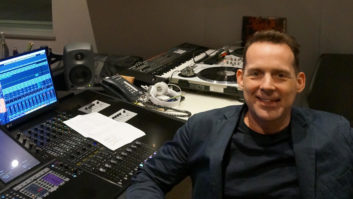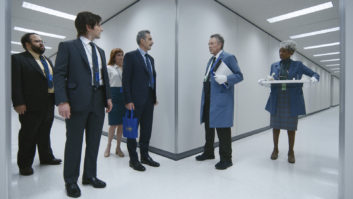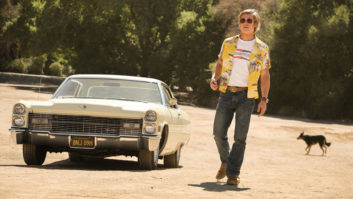We’ve seen this happen before, with a medium birthed on audio giving way to dominance by video. It happened in broadcast, where radio—the original WiFi, albeit one-way—was overtaken by television, and later cable, on the news and drama front, then decades later by MTV on the music front. In broad and simple terms, you can replace broadcast with Internet/mobile, and plug in Napster for radio and YouTube, a seemingly legal peer-to-peer for video, and you can see the parallels. Only this time, it didn’t take video 30 to 40 years to assert itself; it simply required more bandwidth and greater storage, and then it seemingly happened overnight.
There are many holes in this argument, and to be sure radio hardly disappeared with the advent of television. But the fundamental shift in how we get information—news or entertainment—is eerily similar. There were big technical challenges to overcome in production; there were plenty of rights issues to work out with performers; and the change in the primary means of distribution created all kinds of chaos in the professional world, with the old guard predicting the death of quality audio and the loss of jobs with the emergence of television. Of course that didn’t happen. New industries were born, new jobs were created, cable came onto the scene and one day we got hi-def.
But there is a huge difference this time around as we transform from a broadcast/cable model to a streaming/download world. And that is the barrier of entry to the means of production and distribution. I’m not talking about 1998, when the walls went down and there were elaborate predictions about how the Internet was the great equalizer and anyone could be a star. It has become much too mature of an industry to believe that. I’m talking more about how individuals or smaller organizations can now compete, about how a wind ensemble Webcast from the University of North Texas can demand prime-time eyeballs simply because it’s available. I’m talking about how Rebecca Black can find her fleeting 15 minutes with a camera in her living room, and how YouTube can remain a Top 5 site year after year and change the way we discover new music. Once the corporations take over, we see how Netflix can, in one year, become the biggest data distributor on the Web.
In the broadcast model, there is a demand for facilities that cater to sound-for-picture. There are trucks that capture the live events and post houses that mix program. There are symphonies hired to record the openings and big money paid to artists for licensing deals. A few short decades ago, there were whole businesses built around transfers and laybacks and duplication. Big-budget programs needed—and still do need—professional resources, and that’s not going away. We call it sound for picture because that’s what it is: sound serving picture. But that is changing. Today, it might be more accurate to call it sound and picture.
The audio and video industries have always shared a familial bond, to the point that we still hear the cliché that audio is the bastard stepchild of video. But the producers of today and tomorrow know video and audio. They work comfortably in both fields, and they have the tools available to do so, at a relatively low cost. Entire new industries of audio production, post-production and distribution are opening up, with all the ancillary services that feed them. The Internet is maturing, mobile is exploding and who knows what will happen with social media. We’ve seen this transformation happen before, but this time we all get to be part of it.







